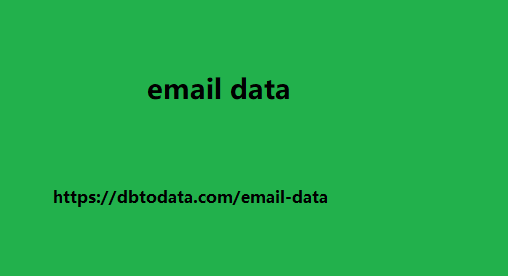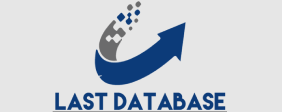Millennials, as is well known, are (to date) the largest generation in human history, with 85 million people in the US alone: some of these are still in school, but many are entering the world of work. I have already talked about the online behaviors of Millennials [you can learn more here:come-si-comporta-la-generazione-piu-interessante-per-il-marketing/] but wanting to summarise the typical attitudes of Millennials towards brands and the market, we generally focus on these 3 aspects: They are very demanding; they have high expectations. They have a strong predisposition for the digital world They naturally exploit multi-channel experiences (online-offline) It is known: the real challenge for any company today is precisely that of making available smooth and continuous purchasing experiences , regardless of the channels used.
All this is also true for the banking world
Evidently, which is not a race for itself. I always rely on some numbers: 55% of mobile banking users are between 18 and 34 years old the average salary of users who use mobile banking is around 71 thousand dollars, compared to the average of 59 thousand dollars for those who do not use mobile The average number of financial products purchased by mobile banking.
Banking is a very complex sector
(especially in recent years), in which the customer is hostile, does not trust and looks at the bank with unshakable suspicion: the various institutions must, therefore, seek ways out to distance themselves from that negative imagery that has developed around this world, offering unexplored and even obsolete paths compared to the “classic”, the “standard”, the institutional, which the concept of “Bank” naturally stimulates. The only way is to greece email list modernize.
The continuous and unstoppable adoption of
Branches in the classical sense are therefore dying, transforming into informal spaces available to customers where the distinction between online and offline is simply ridiculous. to break out of the mold The only way is to modernise, to think outside the box, guaranteeing new consumer experiences to a suspicious clientele but decidedly more attentive to the customer experience and therefore also to the tools that the bank makes available to the customer [in this regard, read how successful the “purple cow” approach can be …
Among the most important areas according to, are:
Collect user data , integrating it from different sources (for future marketing purposes) Thanks to the above data, recognize the customer and his preferences in the different points of contact that occur, in each channel, between brand and customer (public event, branch, app, website, contest, etc.) An innovation-oriented company MasterCard has always interpreted a youthful approach to banking issues with a certain success, even just from hotel clean, safe and beautiful according to advertising communications, finally arriving at establishing a MasterCard Innovation Lab that deals only with innovation, trying to be “ disruptive ” (which is so cool to say and be), experimenting and finding new solutions, also through innovation marathons such as Innovation Express . The ambitious goal is to create a world where payments are completely cashless, with full security, constant stability and convenience . In the article “ Inside MasterCard Innovation Labs ” by FastCompany.com, for example, there is mention of the Qkr app.
With which you can pay for anything via mobile:
In the experiments carried out, parents purchased and selected meals in the school cafeteria or fans at the stadium prepaid for beers and snacks. Even better: with ShopThis! Allure readers could tag the products they saw in the magazine’s pages and buy them on the fly. It is therefore not surprising that the company has a certain versatility all over the quick signs world: the initiative “ ” is currently underway , with which one or more friends, by registering on the portal, obtain a discount voucher to spend on their holidays on Tui.it.


